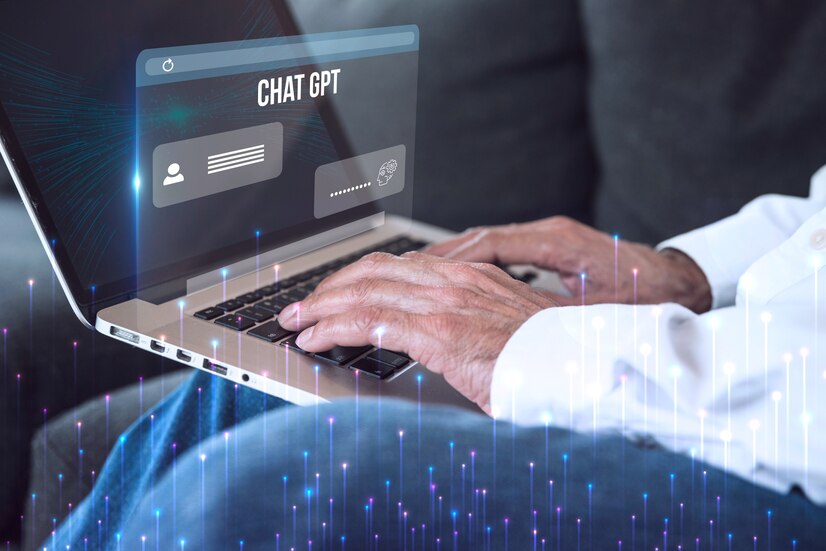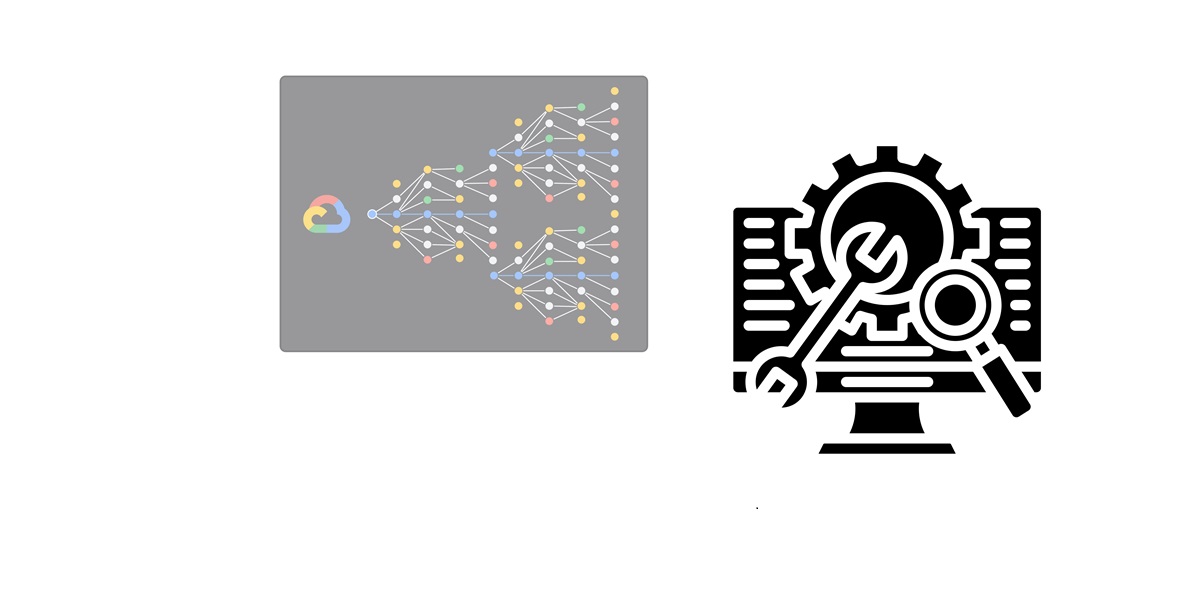ChatGPT, a revolutionary AI language model, has captured the attention of many with its remarkable ability to engage in meaningful conversations and provide insightful responses. But how exactly does ChatGPT work its magic? Let’s delve into the mechanics behind this innovative technology.
Understanding the Foundation: Natural Language Processing (NLP)
At the core of ChatGPT lies the field of Natural Language Processing (NLP), which focuses on enabling computers to understand, interpret, and generate human language. ChatGPT leverages sophisticated NLP algorithms to comprehend the nuances of written text, including syntax, semantics, and context.
Building a Knowledge Base: Training on Vast Text Datasets
ChatGPT’s proficiency stems from its extensive training on vast text datasets. During the training process, the model ingests and analyses enormous amounts of text from diverse sources, ranging from books and articles to websites and social media posts. This exposure enables ChatGPT to develop a deep understanding of language patterns and conventions.
Generating Responses: Algorithmic Magic at Work
When presented with a query or input, ChatGPT employs a series of algorithms to generate a response. First, it analyses the input to grasp its meaning and context. Next, it taps into its knowledge base to retrieve relevant information and formulate a coherent response. Finally, it applies language generation techniques to produce a response that is grammatically correct, contextually relevant, and semantically coherent.
General process of how ChatGPT works:
- Input Query: The user inputs a query or message into the ChatGPT interface.
- Tokenization: The input text is broken down into tokens, which are the basic units of language (e.g., words, punctuation marks).
- Context Analysis: ChatGPT analyses the context of the input text to understand its meaning and intent. This includes considering the previous messages in the conversation (if applicable) to maintain coherence.
- Retrieve Information: ChatGPT accesses its knowledge base, which consists of vast amounts of pre-existing text data from various sources.
- Generate Response: Based on the input query and the information retrieved from its knowledge base, ChatGPT generates a response. This response is formulated using sophisticated natural language generation techniques.
- Output Response: The generated response is presented to the user through the ChatGPT interface.
- Feedback Loop: If the user provides feedback on the response (e.g., by correcting inaccuracies or expressing satisfaction), ChatGPT incorporates this feedback into its learning process to improve future responses.
- Continued Interaction: The conversation continues as the user may provide further input or queries, and ChatGPT generates responses accordingly.
- Iterative Learning: Over time, ChatGPT continuously learns from its interactions with users, refining its algorithms and improving the quality of its responses.
Continuous Learning: Iterative Improvement through Interaction
One of the most remarkable aspects of ChatGPT is its capacity for continuous learning. As users interact with the model and provide feedback, ChatGPT refines its responses and adapts its algorithms accordingly. This iterative learning process enables ChatGPT to evolve over time, becoming increasingly accurate and adept at generating human-like responses.
Ethical Considerations: Upholding Principles of Responsible AI
While ChatGPT demonstrates impressive capabilities, it also raises important ethical considerations. As with any AI technology, it’s crucial to ensure that ChatGPT is used responsibly and ethically. This includes safeguarding against biases, respecting user privacy, and mitigating the risk of misuse or harmful content generation.
Looking Ahead: The Future of ChatGPT and AI-Powered Conversational Agents
As AI technology continues to advance, the future looks promising for ChatGPT and similar AI-powered conversational agents. With ongoing research and development, these tools are poised to become even more sophisticated, capable of engaging in deeper and more meaningful interactions with users. Whether assisting with customer service inquiries, providing educational support, or simply engaging in casual conversation, ChatGPT and its counterparts are redefining the way we interact with AI.



